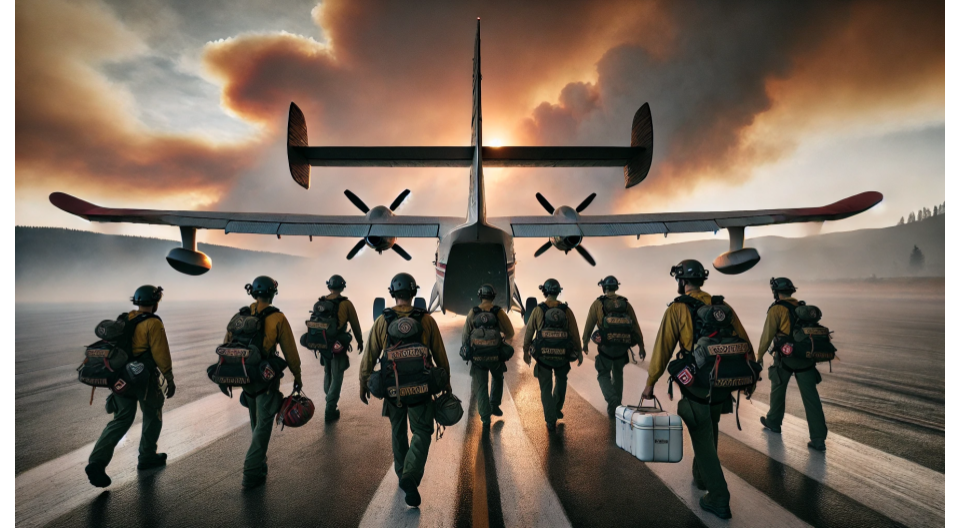Mission Overview
Operation Winyu Baway plunges your team into a high-stakes battle against a fast-moving bushfire on Kangaroo Island, South Australia. Fueled by dense eucalyptus forests and unpredictable high winds, the blaze threatens lives, homes, and fragile ecosystems. The challenge is immense, but your mission is critical: evacuate vulnerable residents, control the fire’s relentless advance, and safeguard this vital environment.
Your Team
You are an elite team of smokejumpers, firefighters trained to parachute into remote and inaccessible bushfire zones. Known for your agility, courage, and strategic thinking, your team is uniquely equipped to face the dangers of Kangaroo Island’s rugged terrain and intense fire conditions.
Bushfires in Australia
Bushfires are an unavoidable part of Australia’s landscape, driven by a combination of climate, vegetation, and terrain. These fires have shaped the continent’s ecosystems for millennia, with many native plants relying on periodic fires to regenerate and thrive. However, in recent decades, the nature of bushfires has changed dramatically. Extreme bushfires, fueled by prolonged drought, high temperatures, and increasingly erratic weather patterns, have become a grave threat to both natural and human environments.
These intense blazes can erupt suddenly, moving at speeds that leave little time for preparation or response. They destroy homes, disrupt communities, devastate ecosystems, and claim lives. Entire towns have been wiped out in hours, and rare species driven closer to extinction. The economic and emotional toll on affected regions is immense, with recovery efforts spanning years and sometimes decades. As Australia faces longer and more severe fire seasons, the challenges of combating these blazes demand innovative strategies, highly trained personnel, and unwavering resolve.
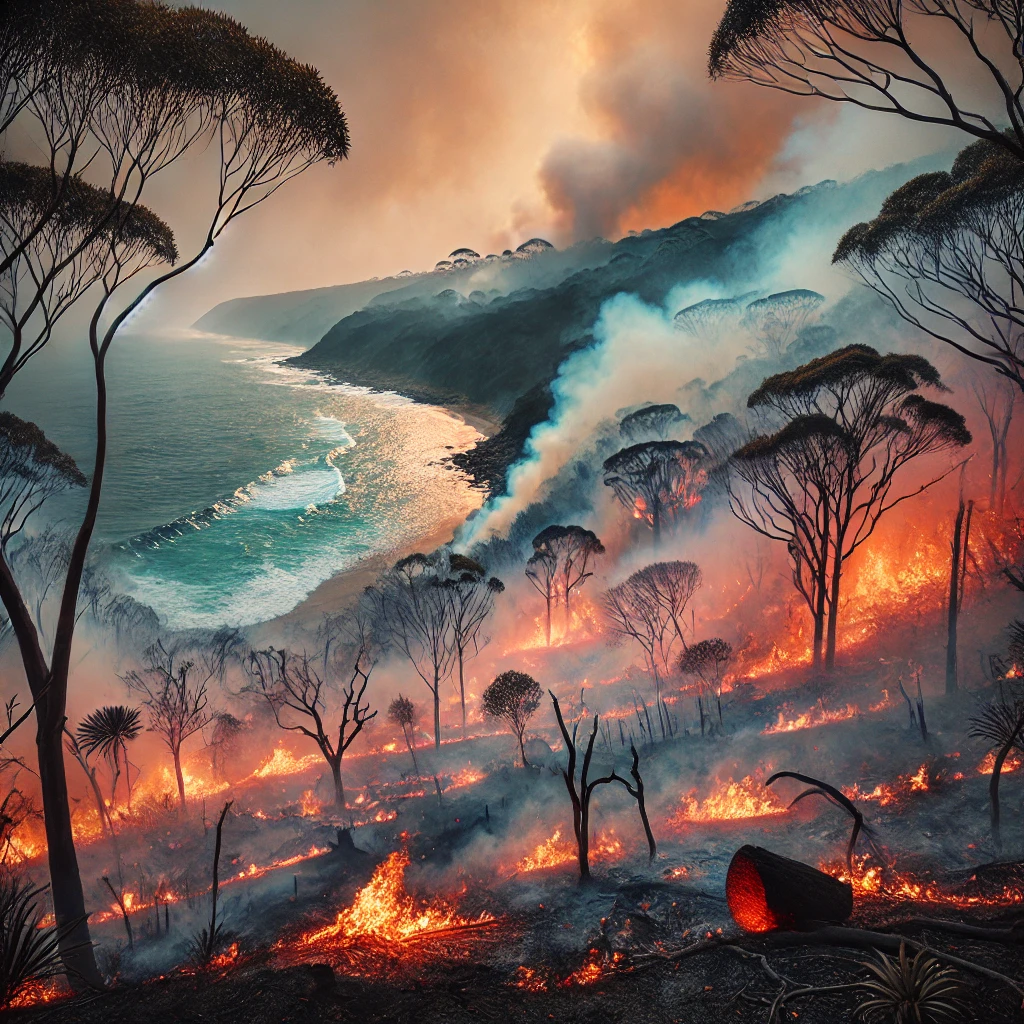
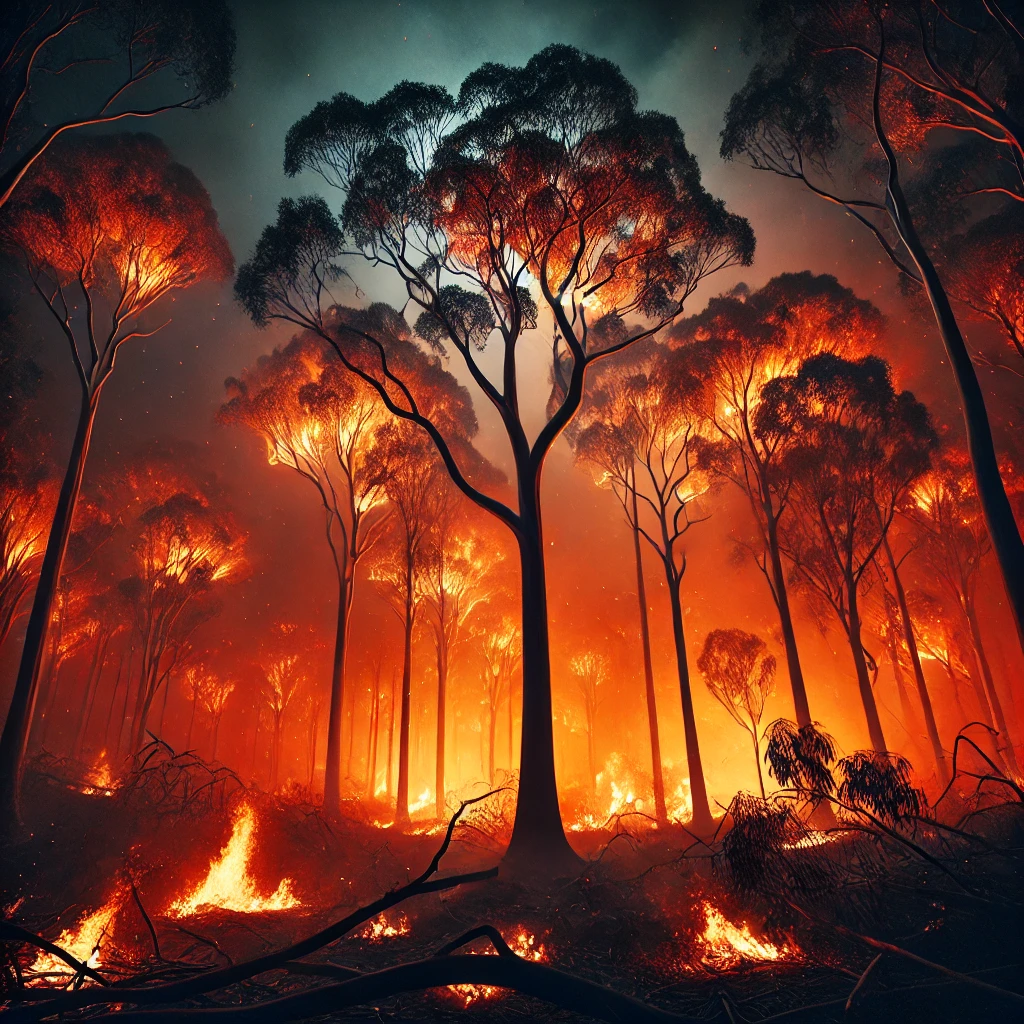
Firefighting Challenges & Strategies
Firefighting Challenges
Fighting bushfires is a grueling battle against nature, with firefighters facing unpredictable and life-threatening conditions:
- Strong winds can quickly turn a manageable fire into an uncontrollable inferno, spreading flames rapidly, igniting new hotspots, and forcing crews to constantly adjust their tactics to stay ahead of the blaze.
- Thick smoke reduces visibility, disorients crews, grounds aerial support, and, combined with toxic air, intensifies the physical toll on firefighters working long hours in heavy gear under suffocating conditions.
- Relentless heat from the blaze pushes human endurance and equipment to the brink, leading to exhaustion, dehydration, and mechanical failures.
- Falling debris and collapsing trees create a chaotic, unstable environment that endangers firefighters and delays containment.
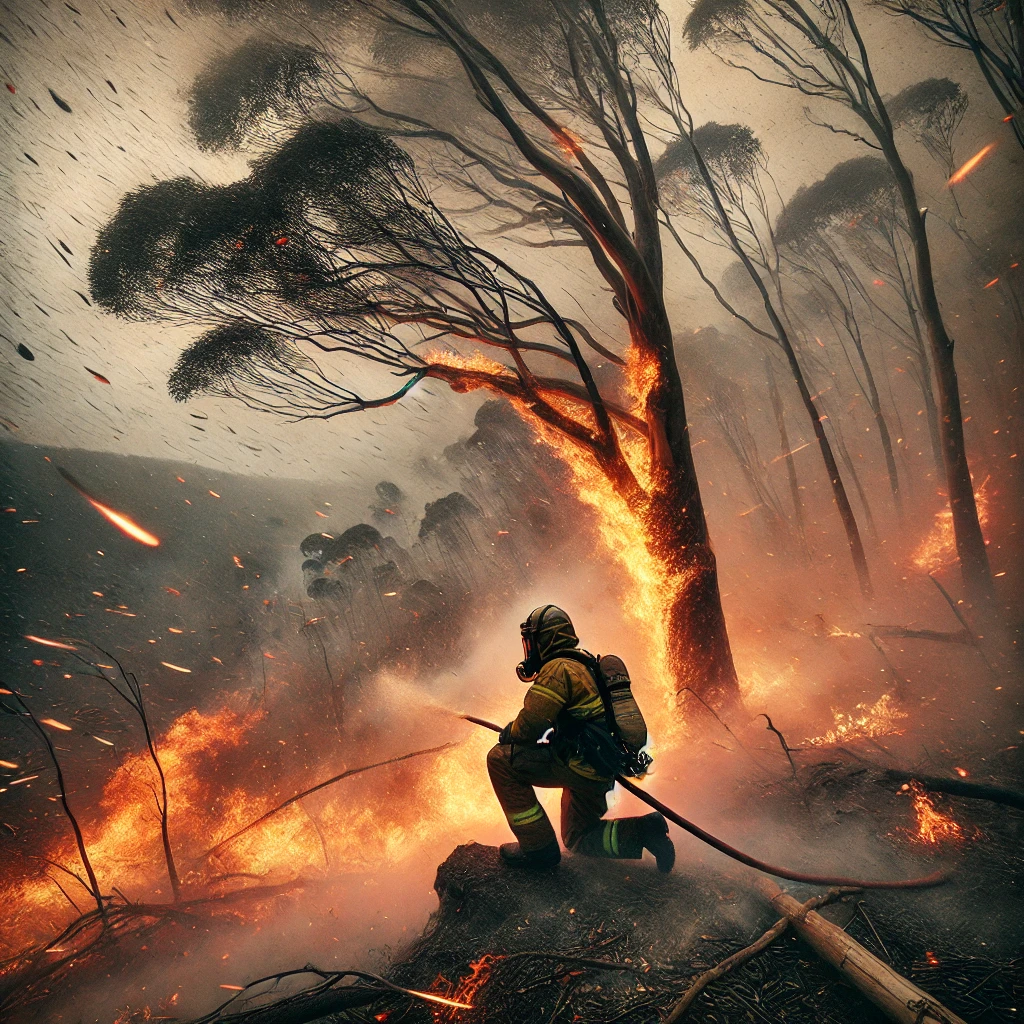
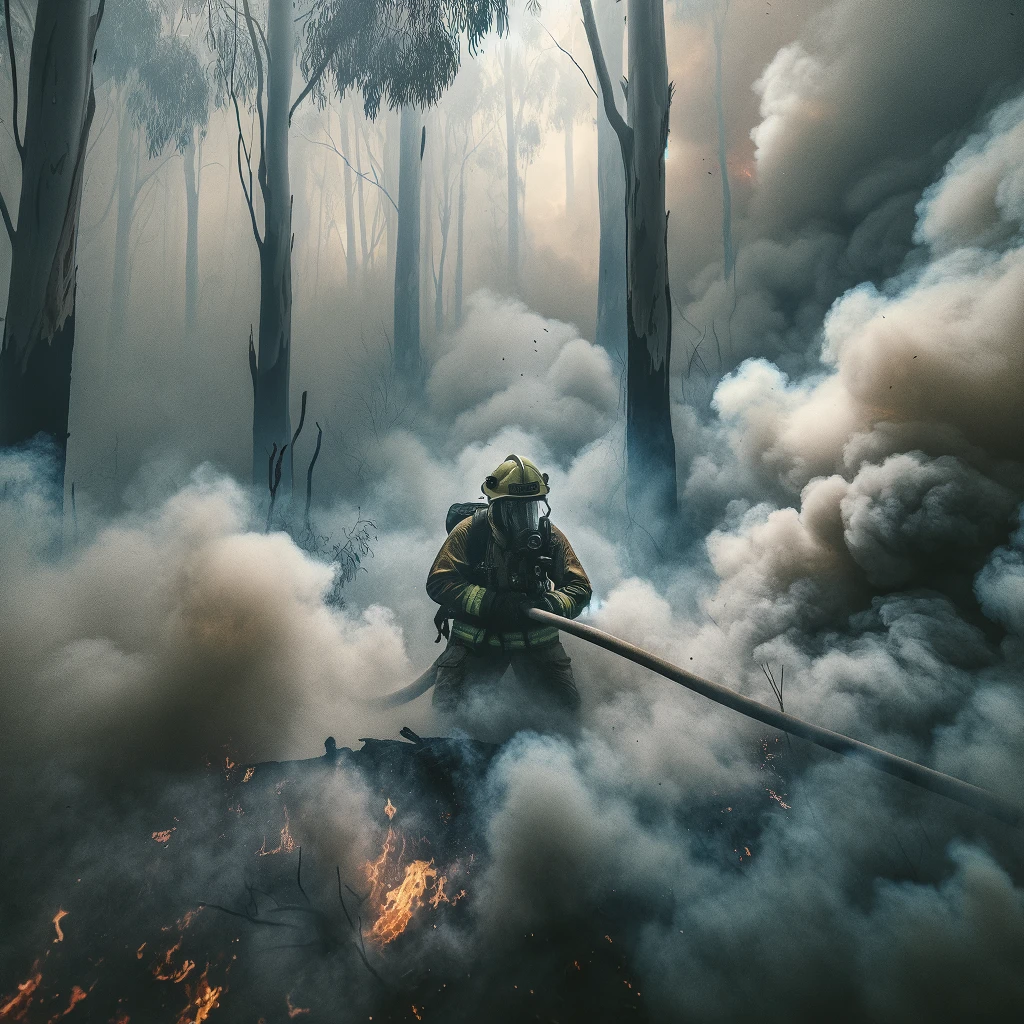
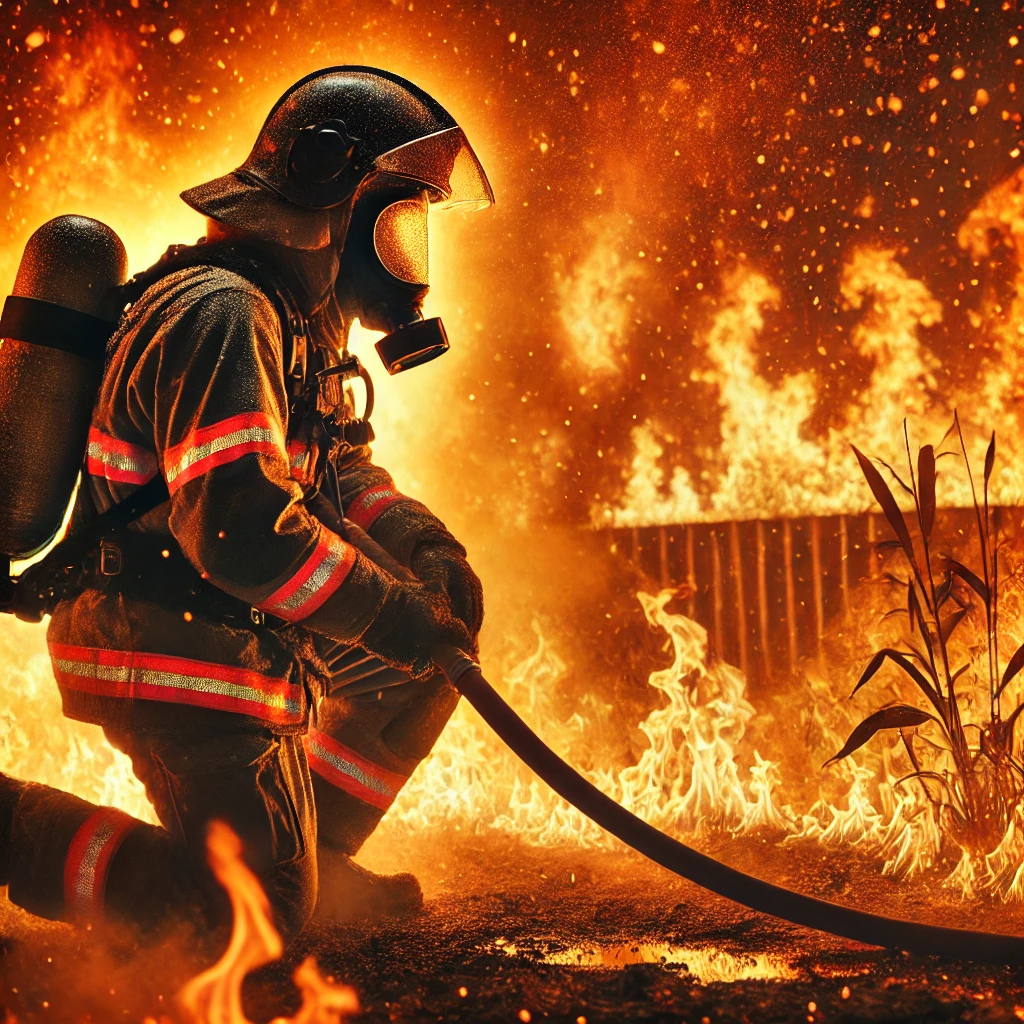
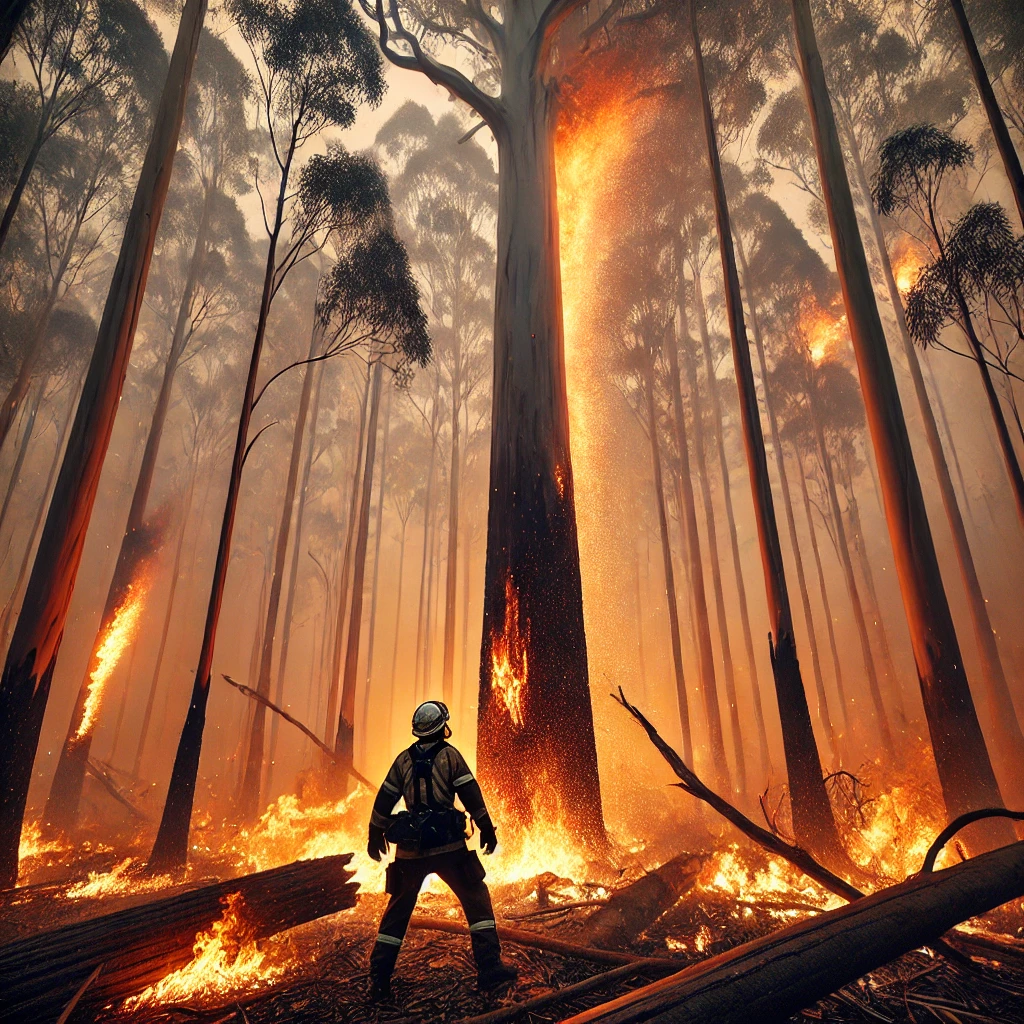
Firefighting Strategies
Firefighters employ a variety of strategies to combat bushfires, including:
- Containment is a primary method, where crews create firebreaks by clearing vegetation, removing flammable material, and digging trenches to stop the fire’s progression.
- Controlled burns are used proactively, setting small, managed fires ahead of the main blaze to consume potential fuel and redirect its path.
- Aerial operations complement ground efforts, with helicopters and planes dropping water or fire retardants to suppress flames, cool hotspots, and provide critical support in inaccessible areas.
- Ground teams use direct attacks with hoses, tools, and barriers to control smaller fires and flare-ups, while indirect attacks guide the bushfire toward natural barriers like rivers, cliffs, or burned areas to safely contain its spread.
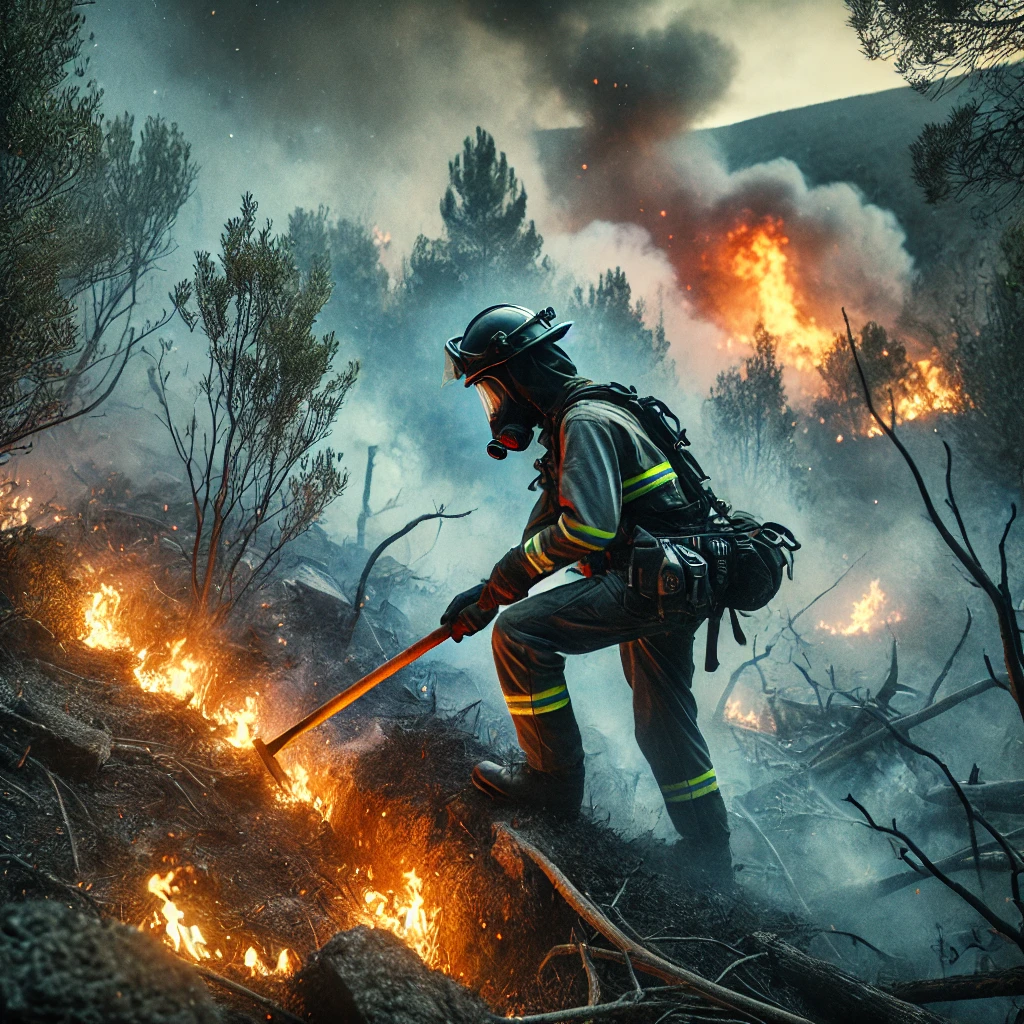
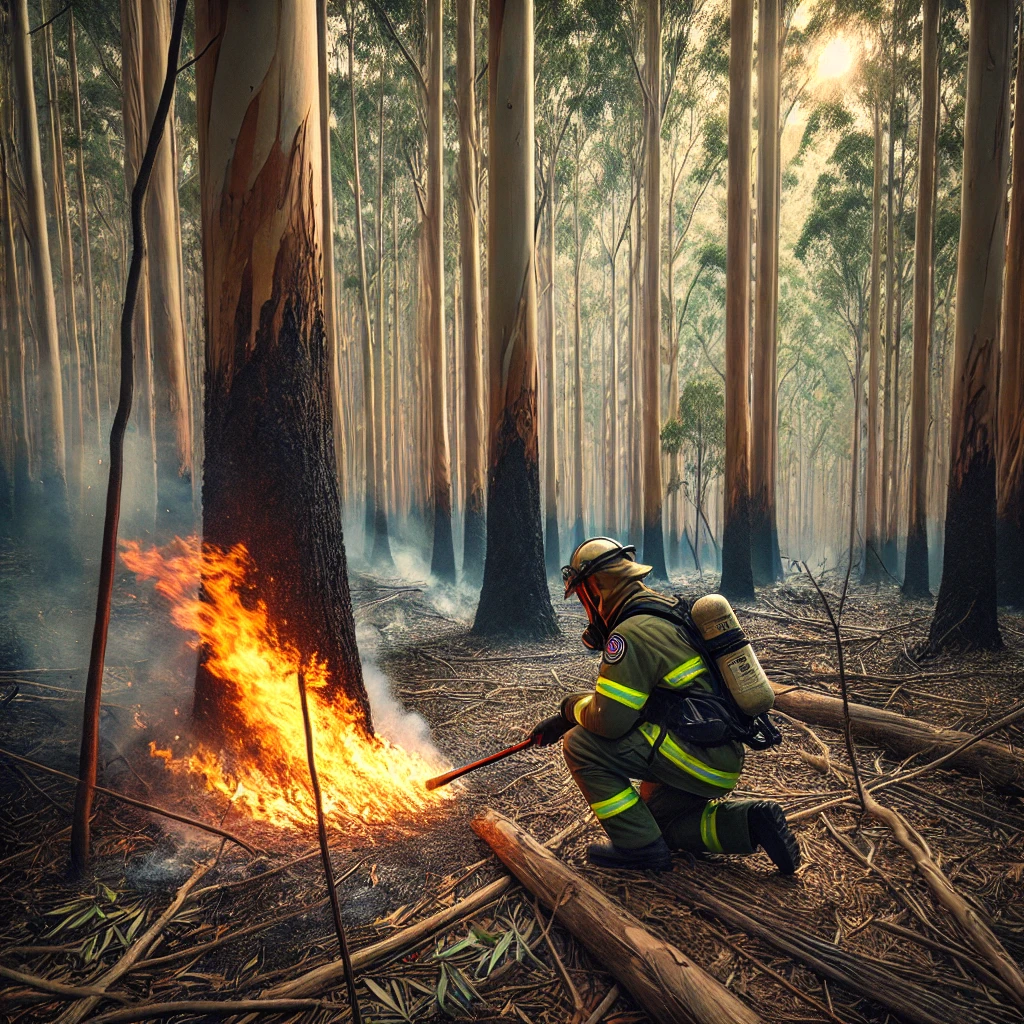
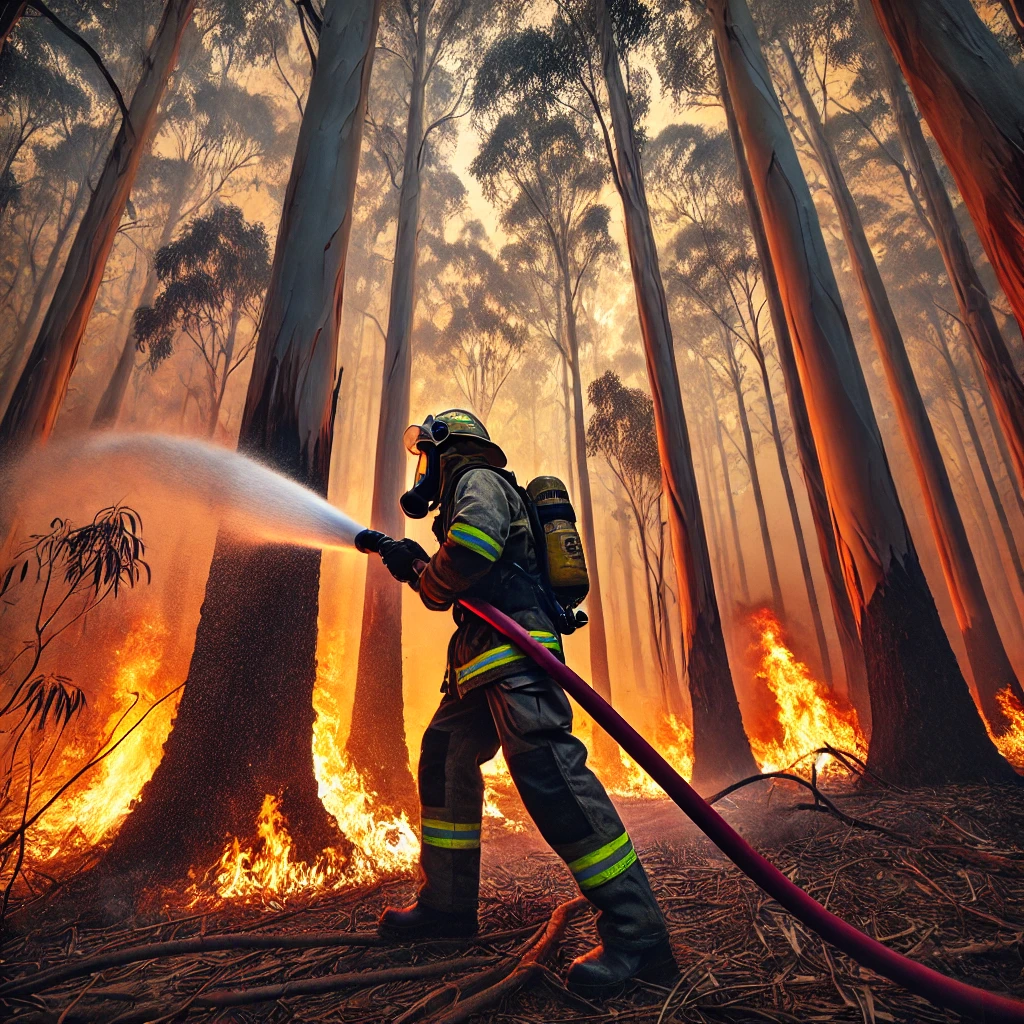
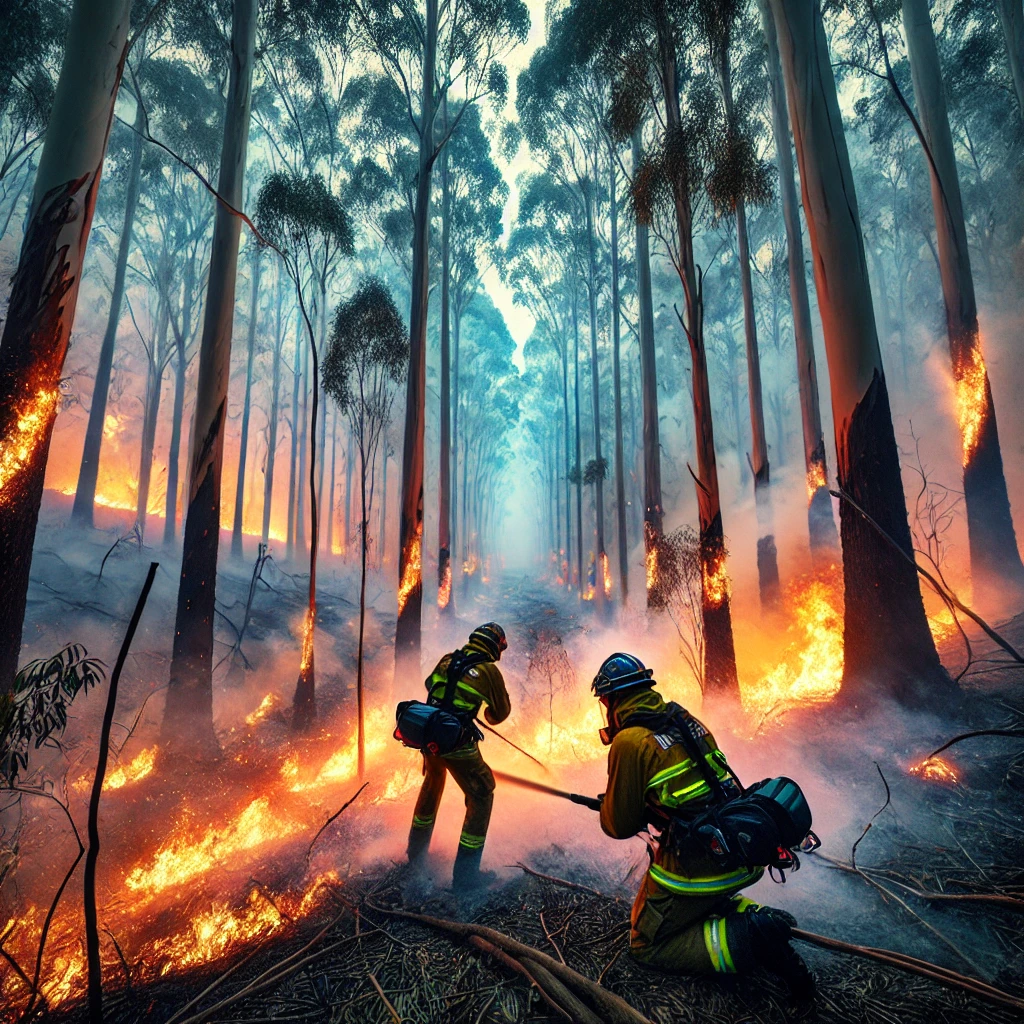
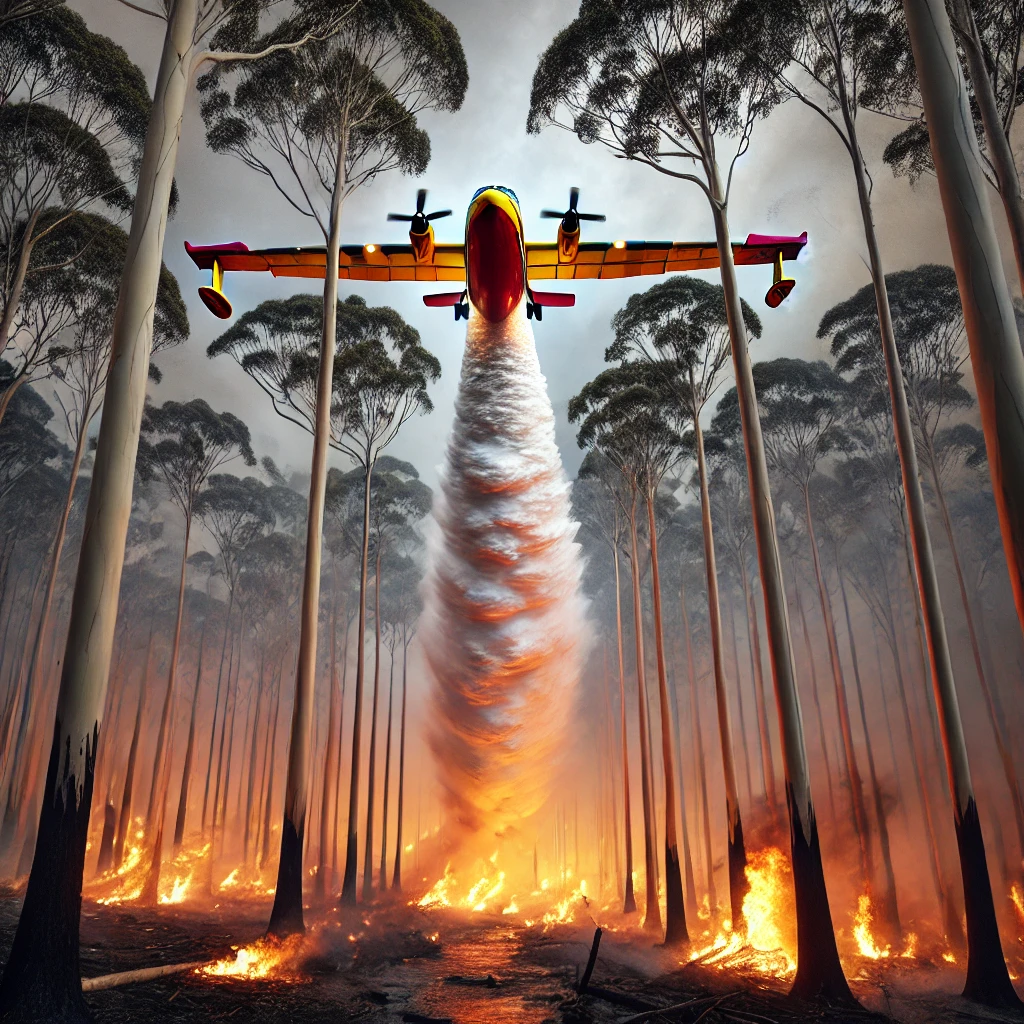
Kangaroo Island, A Jewel of South Australia
Location & Geography
Kangaroo Island, situated off the southern coast of South Australia, is the third-largest island in Australia, covering over 4,400 square kilometers. Located approximately 112 kilometers southwest of Adelaide, it is separated from the mainland by the Backstairs Passage. The island boasts a stunning and diverse geography, featuring dramatic coastal cliffs, sprawling sandy beaches, rolling farmland, dense eucalyptus forests, and unique wetlands. Renowned for its unspoiled natural beauty, Kangaroo Island is home to abundant wildlife, including kangaroos, koalas, seals, and numerous bird species. Its varied ecosystems and protected areas, such as Flinders Chase National Park, make it a sanctuary for native flora and fauna, attracting visitors seeking tranquility and a deep connection with nature.
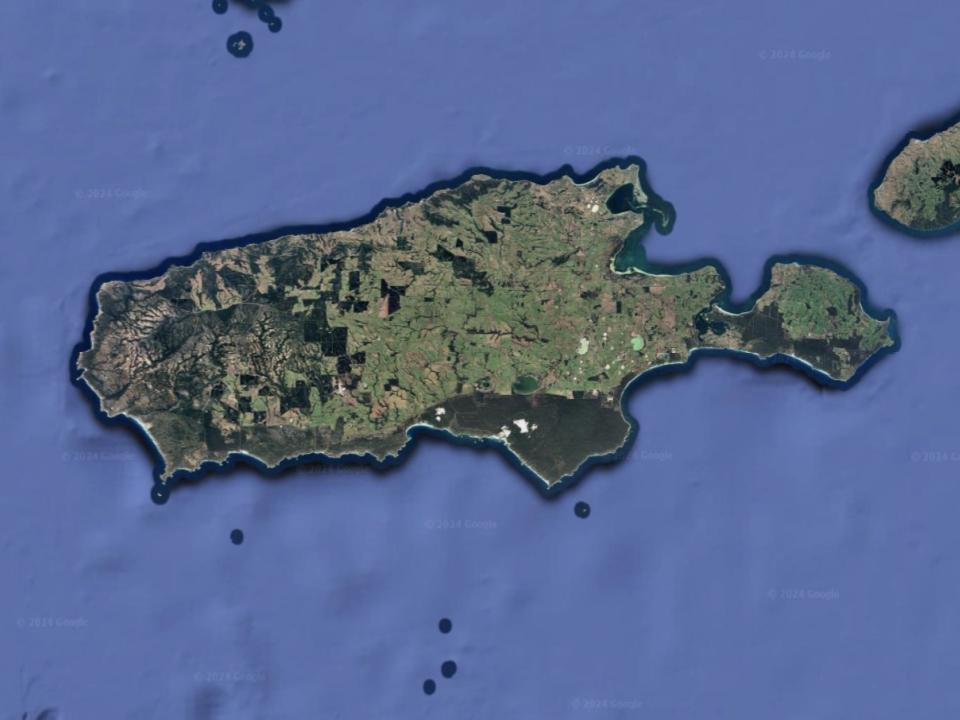
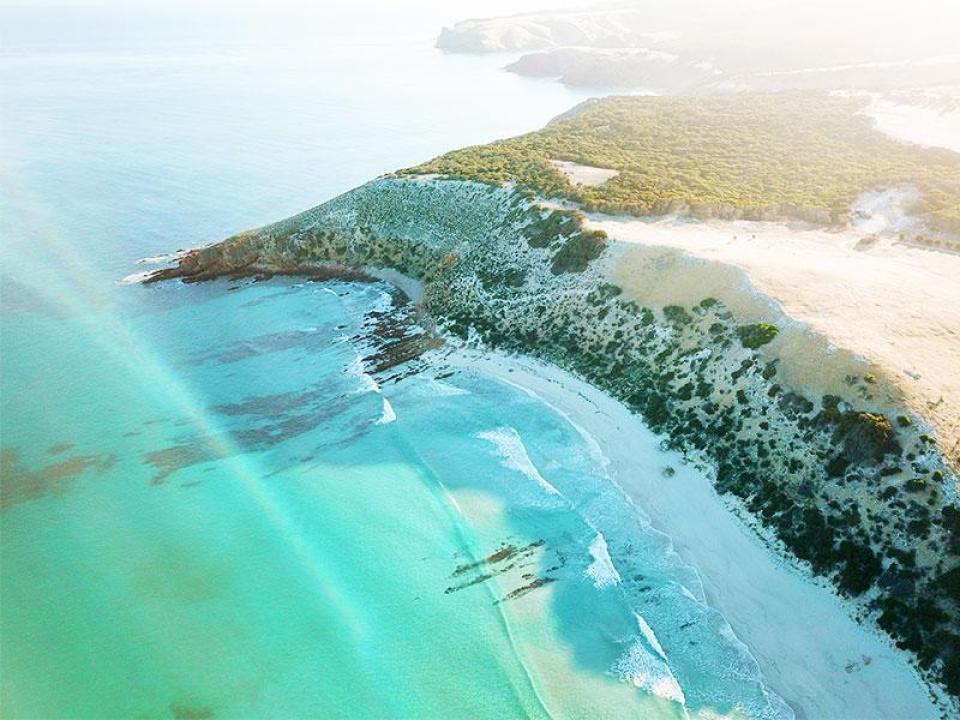
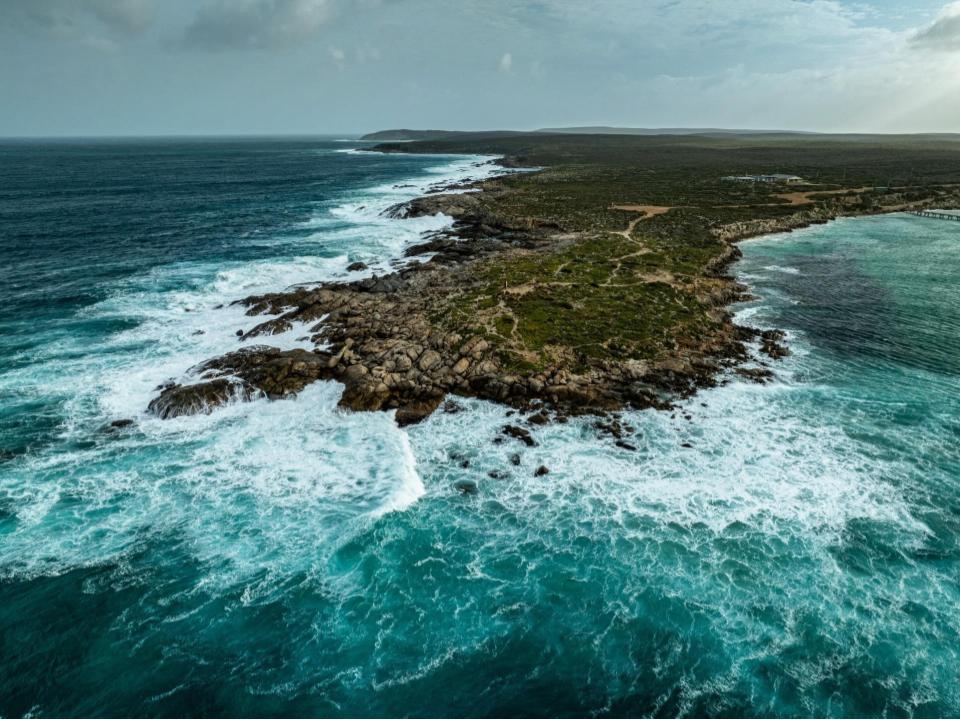
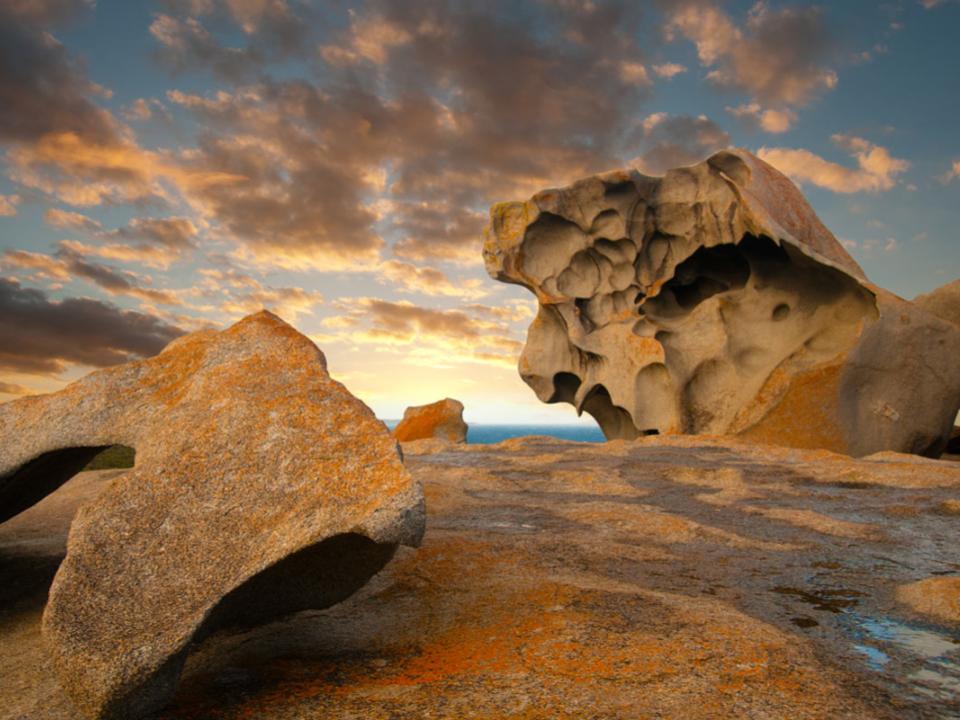
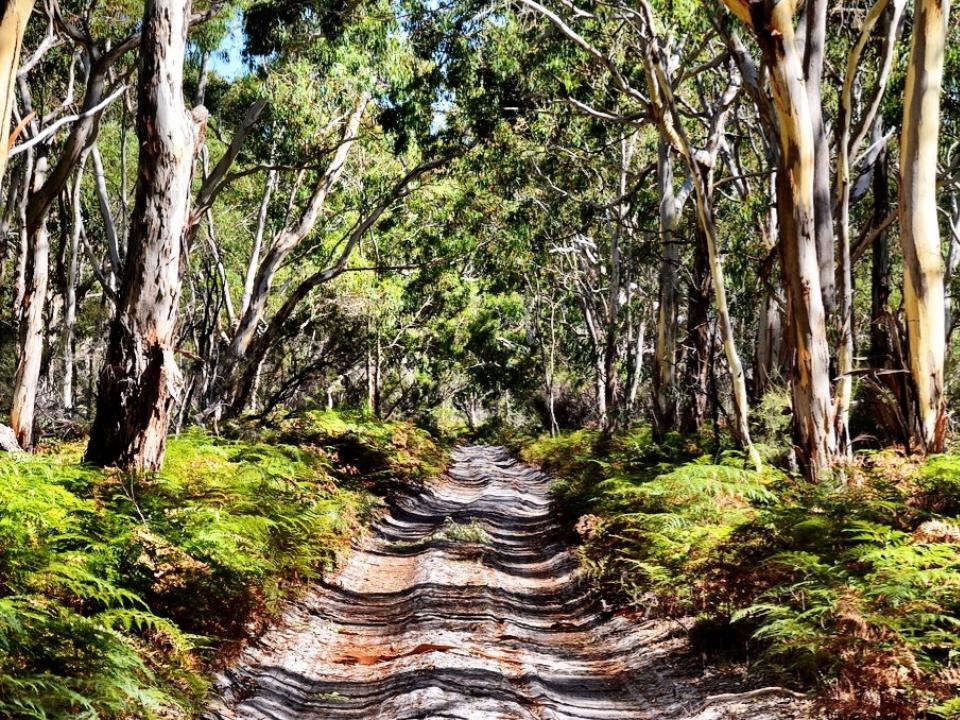
Ecological Significance
Kangaroo Island is a biodiversity hotspot and a vital ecological haven, playing a critical role in preserving Australia’s unique natural heritage. Its isolation from the mainland has allowed many native species to thrive, free from the threats of invasive predators like foxes and rabbits. The island is home to numerous endemic plants and animals, including the Kangaroo Island dunnart, a critically endangered marsupial. It also serves as a sanctuary for species such as the glossy black cockatoo and the Australian sea lion. With over a third of its area protected as parks or conservation areas, including Flinders Chase National Park, the island supports diverse habitats ranging from dense forests to coastal heathlands. Its pristine environment not only safeguards fragile ecosystems but also provides vital research opportunities for conservation and biodiversity restoration, underscoring its global ecological significance.
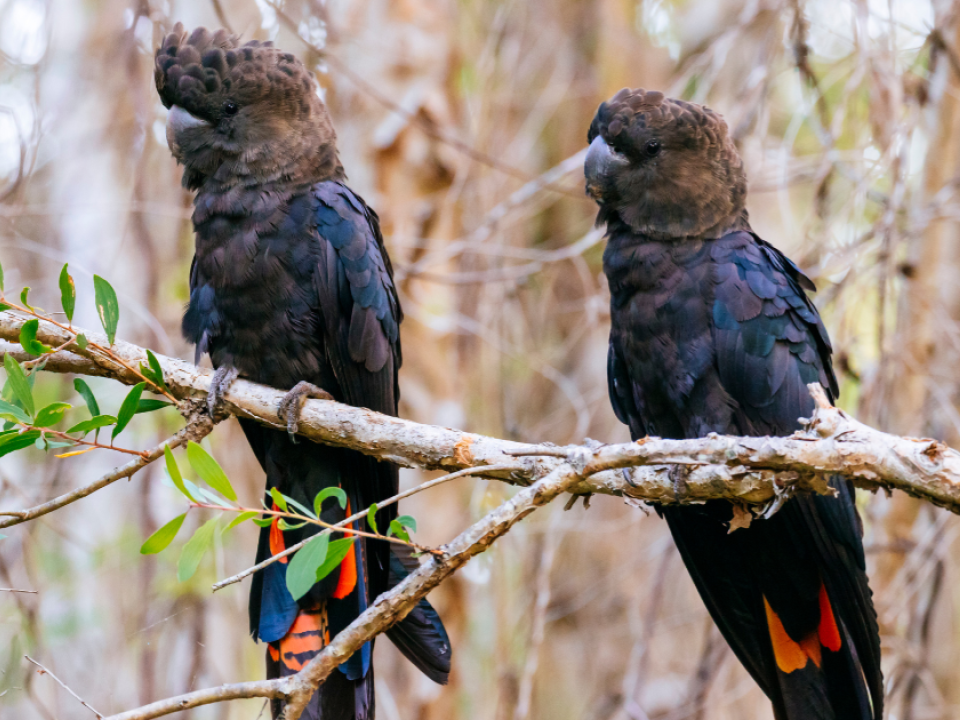
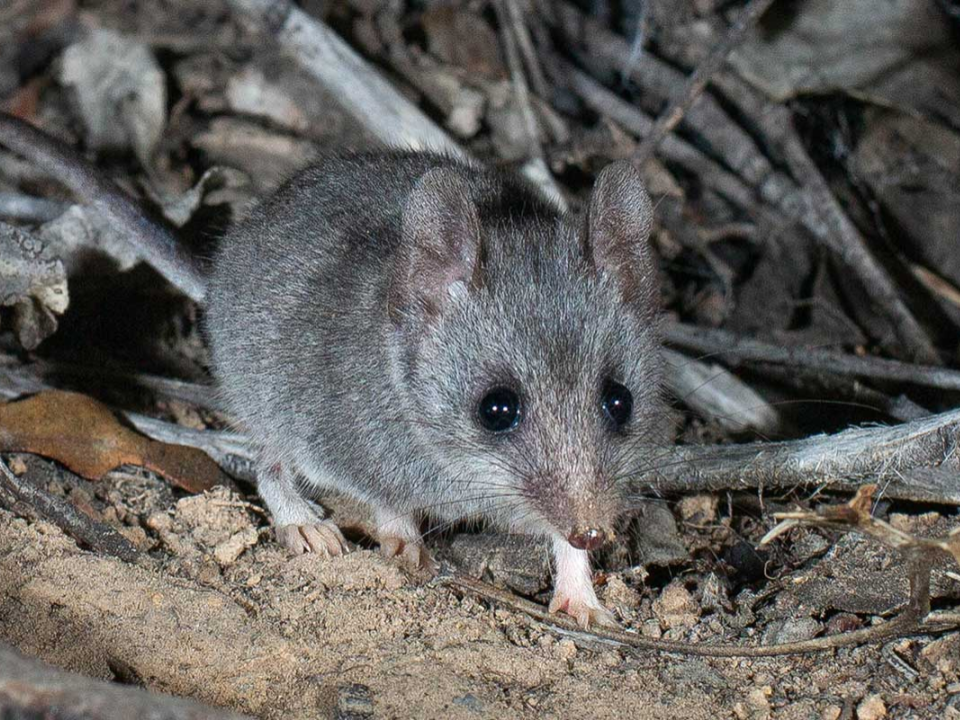
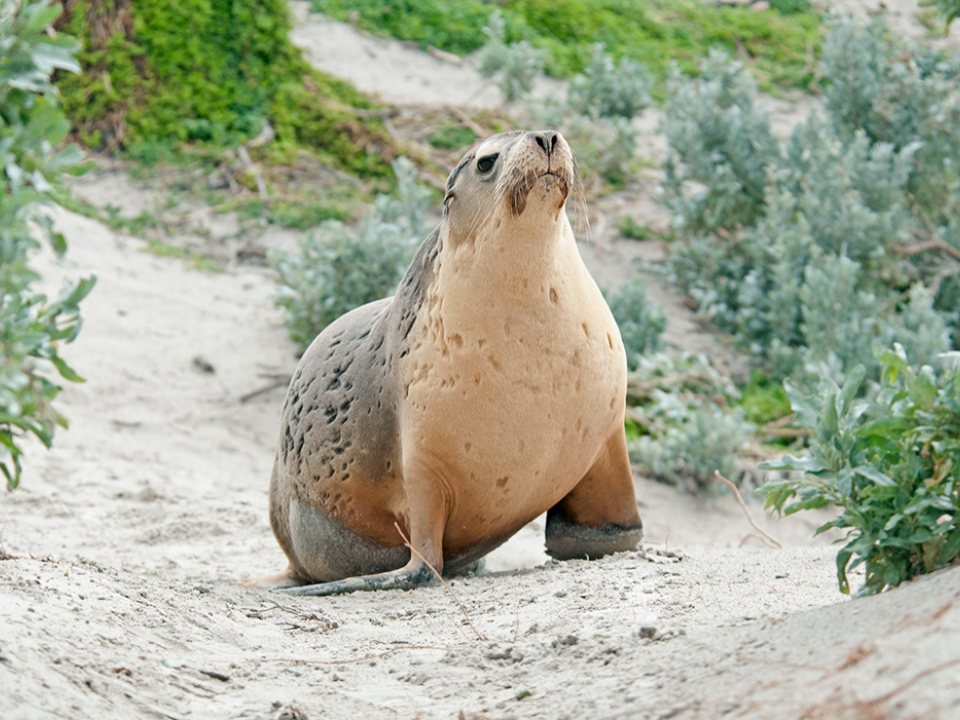
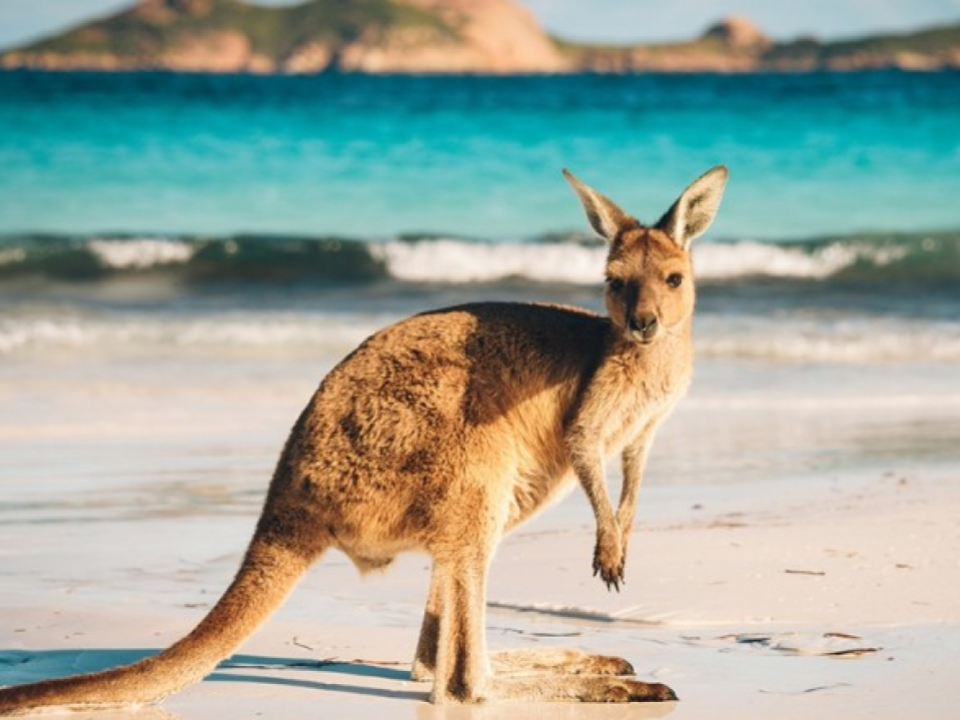
Logistical Challenges
Kangaroo Island’s isolation amplifies logistical difficulties across maritime, air, and road transport. Access relies heavily on ferries and small aircraft, which can delay the arrival of reinforcements and essential supplies, especially during emergencies or adverse weather. The island’s limited road network, coupled with rugged terrain, further complicates the distribution of resources to remote areas. Sparse communication infrastructure in these regions increases the risk of coordination breakdowns during critical operations. With a population of approximately 5,000 concentrated in towns like Kingscote, Penneshaw, and Parndana, local communities demonstrate remarkable resilience but remain heavily reliant on limited local resources, often facing prolonged delays in receiving external support.
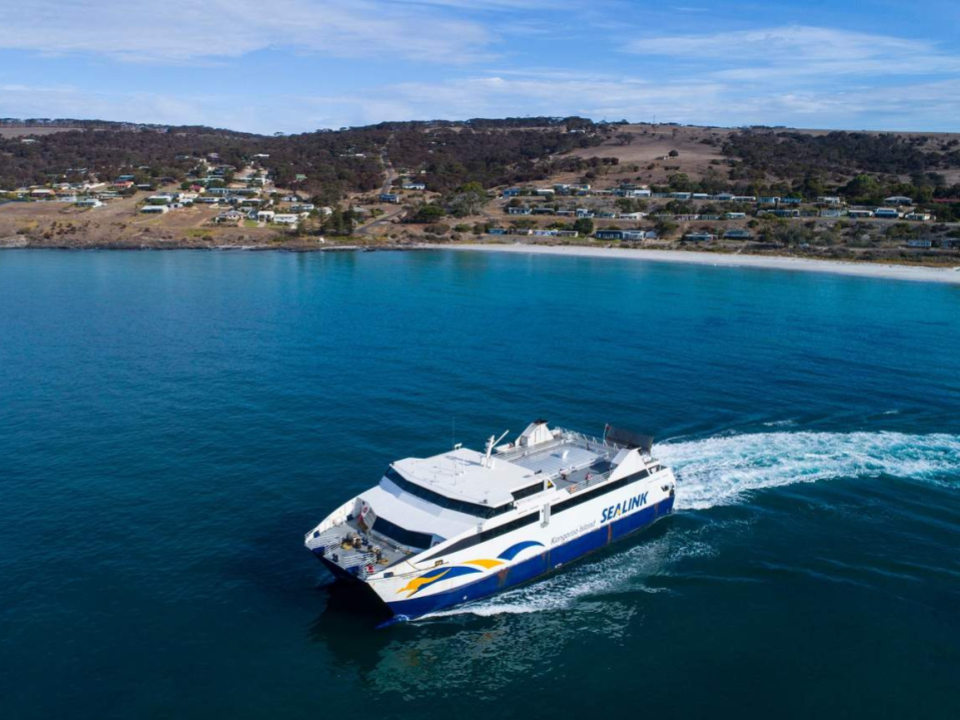
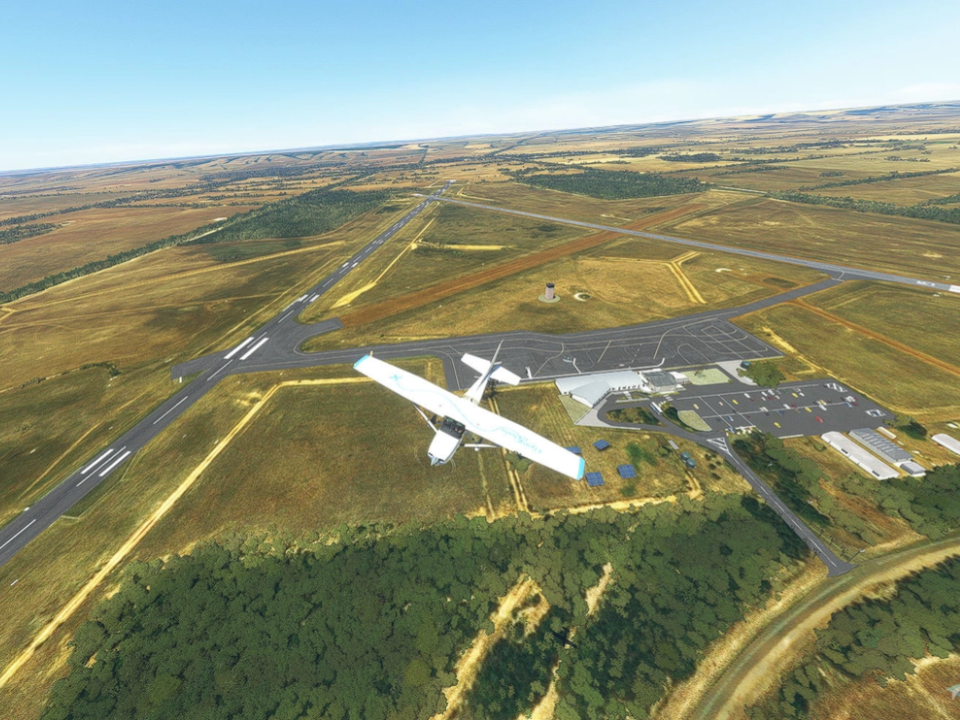
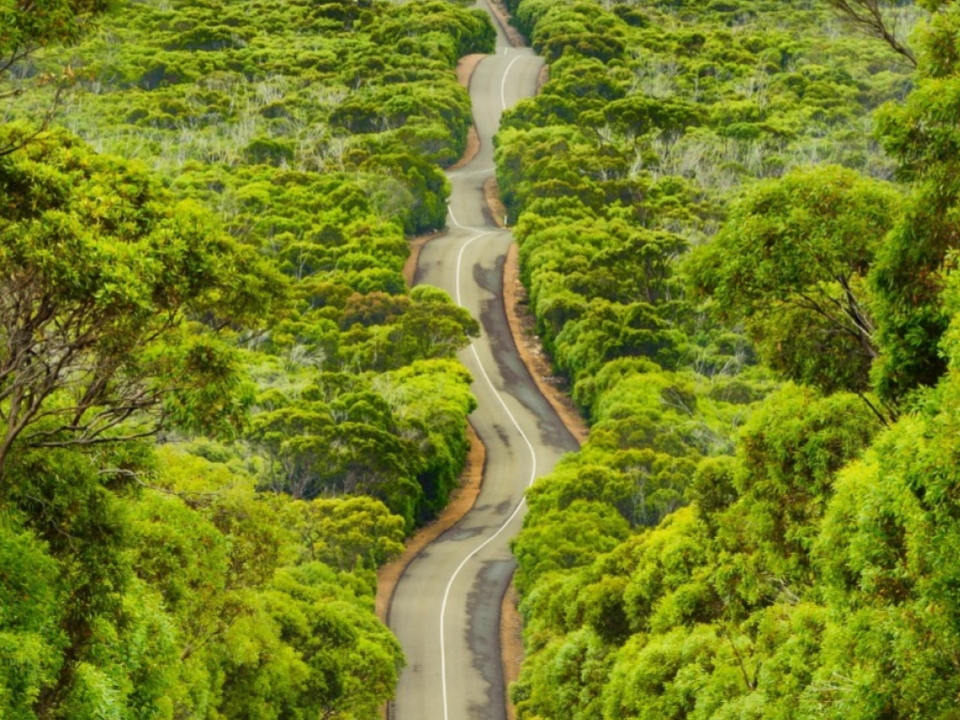
Smokejumpers: Elite Bushfire Responders
Smokejumpers are specially trained wildland firefighters who parachute into remote and inaccessible areas to combat bushfires. Often the first responders to a fire, they are tasked with containing it at its early stages to prevent escalation. Working in rugged terrain under extreme conditions, smokejumpers combine physical endurance, expert knowledge of fire behavior, and precise teamwork to protect lives, property, and the environment.
Smokejumpers are elite wildland firefighters trained to parachute into remote and rugged terrain, accessing areas unreachable by vehicles. This rapid-response capability is critical for containing bushfires in their early stages, preventing escalation into large-scale disasters.
On the ground, they utilize advanced fire suppression techniques such as constructing firebreaks, conducting controlled burns, and employing direct and indirect attack strategies. Equipped with tools like shoves, axes, chainsaws and fire-resistant gear, smokejumpers are trained to operate independently for 48–72 hours, with additional skills in emergency medical response and wilderness navigation enabling them to manage complex and hazardous situations.
Smokejumpers rely on enabling systems to enhance their effectiveness. Aircraft, including fixed-wing planes and helicopters, ensure rapid deployment, provide aerial reconnaissance, and support suppression efforts with water or fire-retardant drops.
Operational bases supply critical logistics such as equipment maintenance, staging areas, and communication networks to coordinate efforts across teams. Medical and recovery facilities ensure teams remain physically and mentally prepared for successive deployments. These enabling capabilities integrate with a smokejumper’s core expertise, thereby creating a highly effective wildfire response system.
Adelaide International Airport, 110 kilometers from Kangaroo Island, serves as the smokejumping team’s base for rapid wildfire response. Equipped with fixed-wing aircraft, helicopters, secure storage, maintenance hangars, and staging areas, the base ensures teams are ready for immediate deployment. A central operations center coordinates with South Australia’s emergency services, providing real-time updates and synchronizing ground and air efforts for maximum efficiency.
On-site support systems include medical facilities for treating injuries and fatigue, recovery accommodations for rest between missions, and briefing rooms for thorough planning and debriefing. This comprehensive base ensures the team’s readiness and effectiveness to manage bushfire threats.
Lessons from the 1949 Mann Gulch Fire
The Mann Gulch Fire of August 5, 1949, in Montana’s Helena National Forest, claimed 13 firefighters’ lives after lightning ignited a blaze that, fueled by strong winds and dry conditions, trapped the crew in rugged terrain. Firefighter Wag Dodge’s innovative escape fire tactic, which saved his life, has since influenced modern bushfire strategies. This tragedy remains a pivotal case study, highlighting the critical need for situational awareness, communication, and adaptability, and shaping advancements in safety protocols, training, and tactics to protect firefighters in extreme conditions.
Technical Setup
Confirm your technical setup requirements here for virtual or hybrid settings. There is no ‘in-person’ option for this simulation.


Mission Briefing
Before you advance to the Mission Briefing please ensure:
- everyone has read the information above
- your Facilitator and all Team Members share a good video connection

